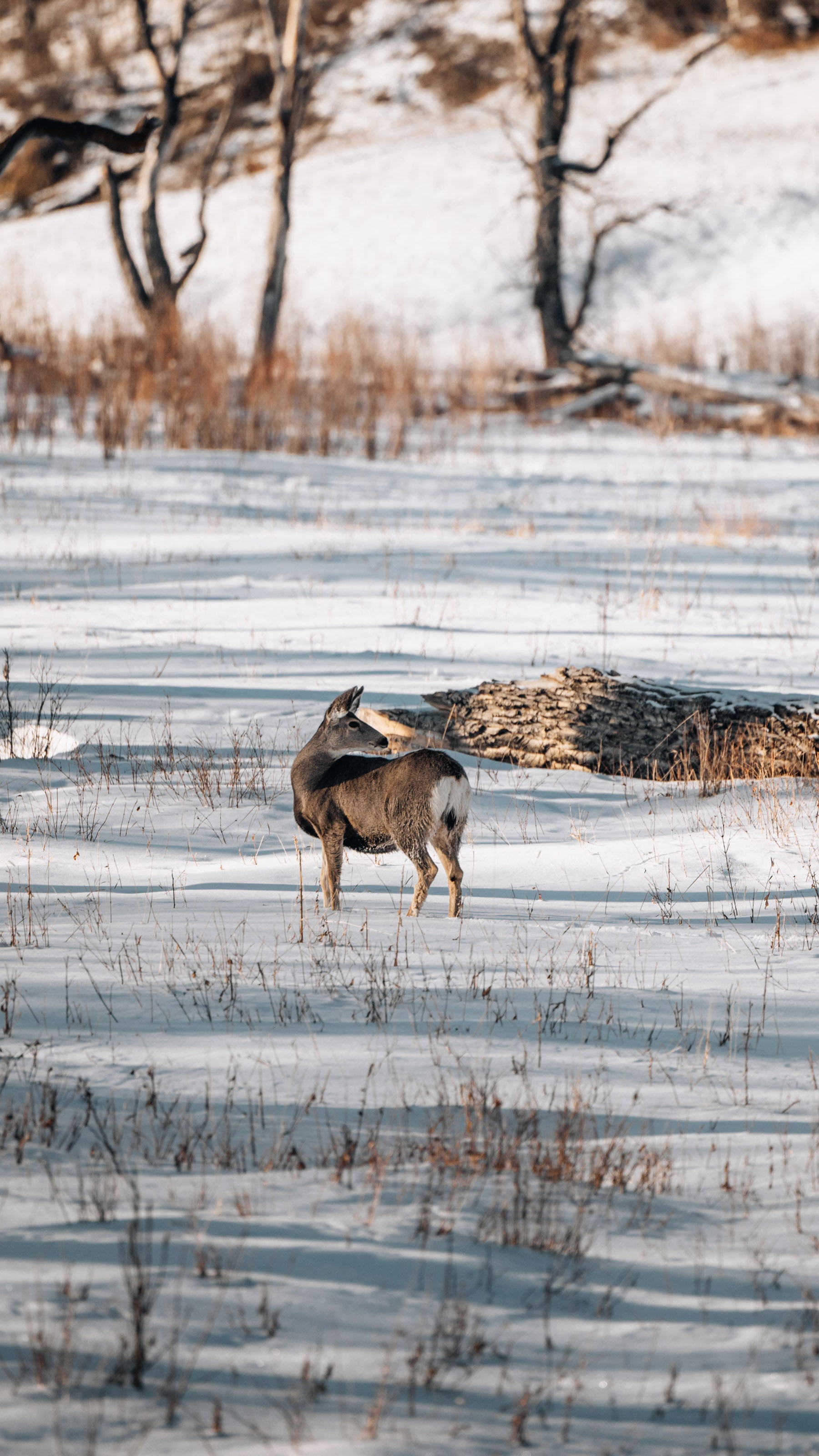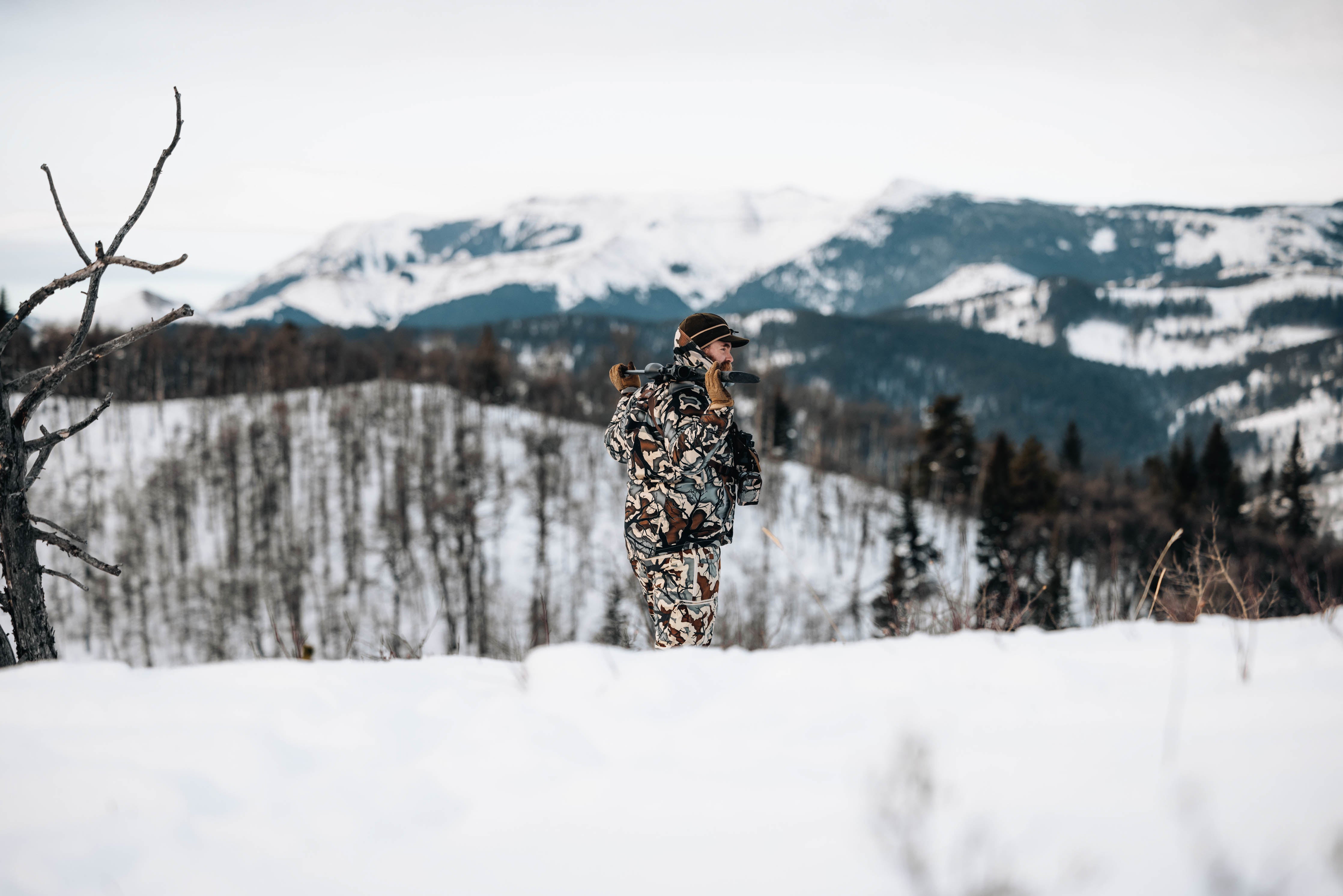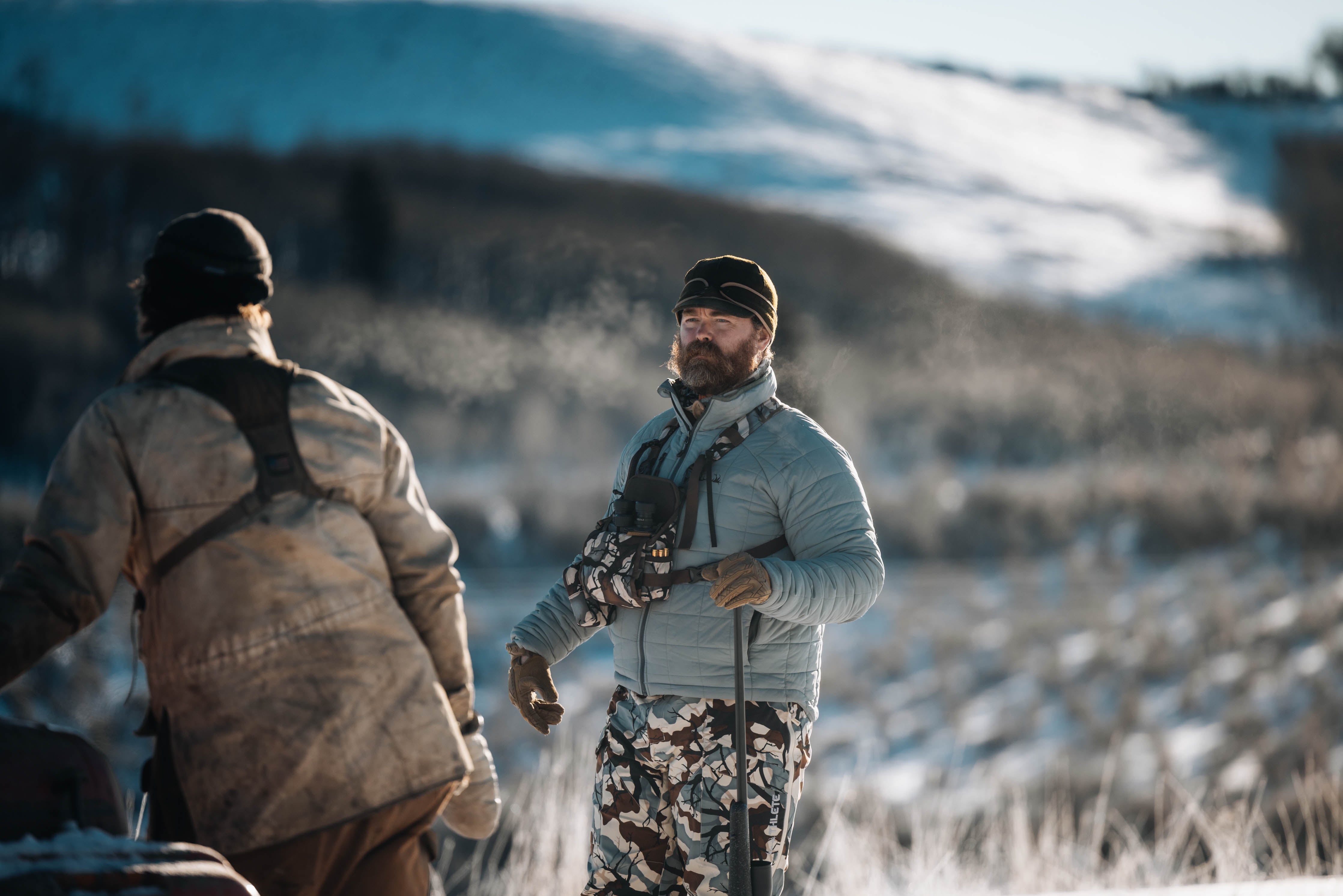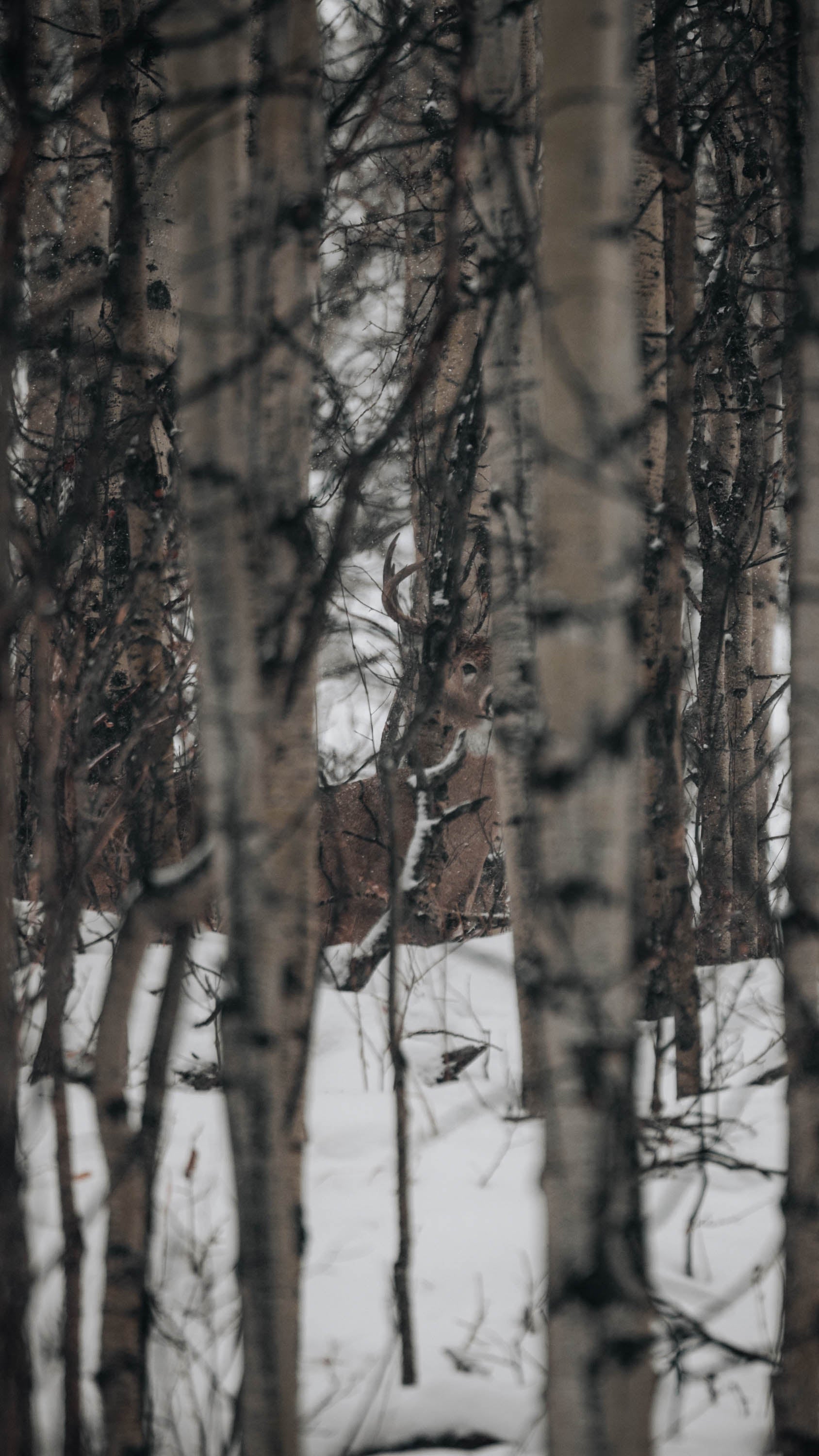
Mastering the Art of Hunting Cold Fronts: Unlocking Whitetail Success
When it comes to hunting whitetail deer, understanding the impact of weather conditions is paramount. Among the various weather patterns, cold fronts stand out as significant influencers of deer movement. In this comprehensive blog post, we will delve into the strategies and techniques that can help you maximize your hunting success during cold fronts. By capitalizing on these weather patterns, you can enhance your chances of encountering whitetail deer during their most active periods.
-
Understanding Cold Fronts: Cold fronts occur when a mass of cold air displaces warm air, resulting in a drop in temperature. These weather events trigger changes in deer behavior and activity. By learning how to interpret weather forecasts and identify the arrival of a cold front, you can plan your hunts strategically and take advantage of the increased deer movement that follows.
-
Temperature Drop: A Catalyst for Deer Activity: One of the primary effects of a cold front is a significant temperature drop. As temperatures decrease, deer become more active, driven by their natural instincts to prepare for the upcoming winter months. Lower temperatures encourage deer to move during daylight hours, presenting hunters with valuable opportunities to encounter whitetails in the field.
-
Timing Your Hunts: Timing is crucial when hunting during cold fronts. It's essential to monitor weather forecasts and plan your outings accordingly. Ideally, you should aim to be in the field when the cold front is approaching or just after it has passed. This timing increases the likelihood of encountering deer that are actively seeking food and moving more during these favorable weather conditions.
-
Focusing on Food Sources: During cold fronts, deer are driven to feed and replenish their energy reserves. As a hunter, prioritize areas with abundant food sources, such as crop fields, mast-producing trees, and food plots. Understanding the local deer's preferred food sources and their proximity to bedding areas can help you select the most productive hunting locations.
-
Stand Placement and Wind Considerations: When hunting during cold fronts, carefully consider stand placement and wind direction. Position yourself downwind from areas where deer are likely to travel, such as food sources or well-used trails. Cold fronts often bring stable or high-pressure weather systems, resulting in consistent wind directions. Utilize topographic maps and scout potential stand sites to ensure optimal wind patterns that will carry your scent away from deer.
-
Utilizing Decoys and Calls: Cold fronts can increase deer activity and trigger more aggressive behavior, especially during the rut. Utilizing decoys and calls can be effective strategies to attract deer during these periods. Decoys, particularly realistic buck or doe decoys, can entice curious bucks to approach, providing a clear shot opportunity. Calls, such as grunts and rattling antlers, can simulate territorial disputes and stimulate deer activity.
-
Monitoring Barometric Pressure and Wind Speed: Alongside temperature, closely monitor barometric pressure and wind speed during cold fronts. High-pressure systems often accompany cold fronts, signaling stable weather conditions and increased deer movement. Favorable wind conditions, such as reduced wind speeds, create a more conducive hunting environment as deer rely heavily on their senses, especially sight and sound, to detect potential threats.
-
Adapting to Changing Weather Conditions: While cold fronts can significantly increase deer activity, weather conditions can change rapidly. Remain flexible in your hunting approach and adapt to shifting weather patterns. If weather conditions become unfavorable, such as high winds or heavy rain, consider adjusting your hunting strategy and seeking alternative locations or times to hunt.
Conclusion: Mastering the art of hunting during cold fronts requires careful planning, timing, and adaptability. By understanding the impact of weather conditions, specifically temperature drops, and leveraging the increased deer activity they induce, you can position yourself for success. Focus on food sources, utilize effective stand placement and wind strategies, and consider employing decoys and calls to maximize your hunting opportunities. By monitoring barometric pressure and wind speed, you can further fine-tune your hunting approach. Embrace the challenges and rewards that hunting during cold fronts presents, and elevate your whitetail deer hunting experiences to new heights.




